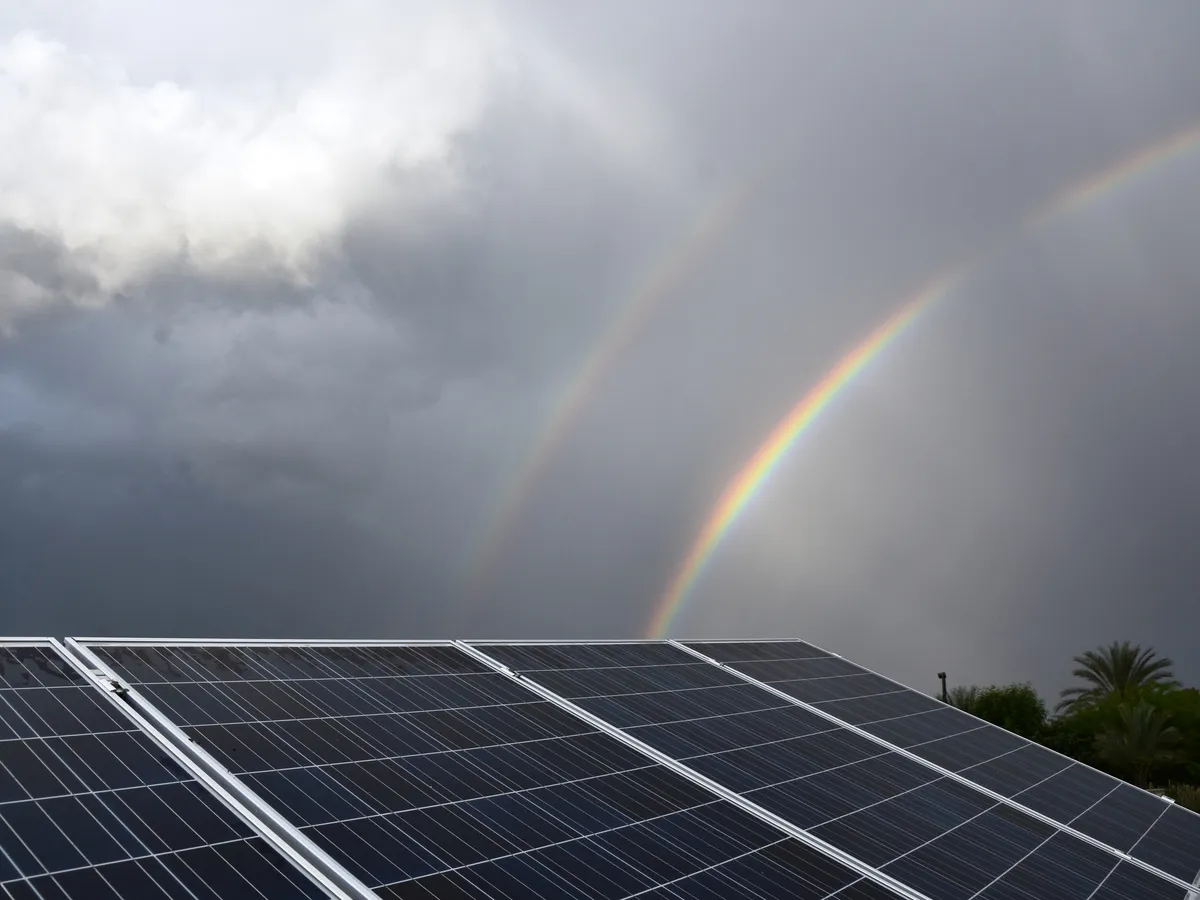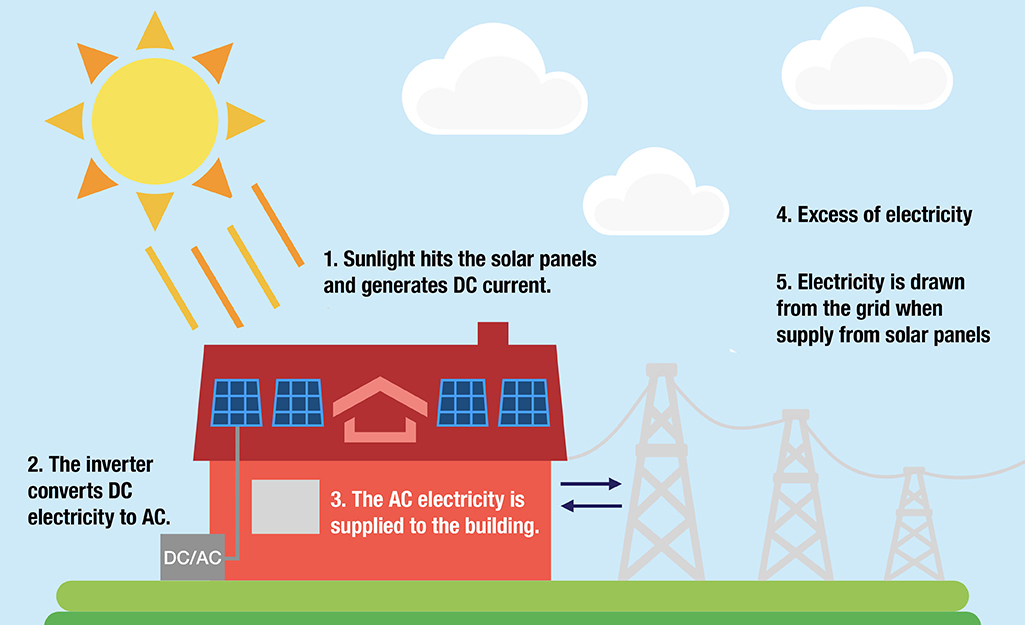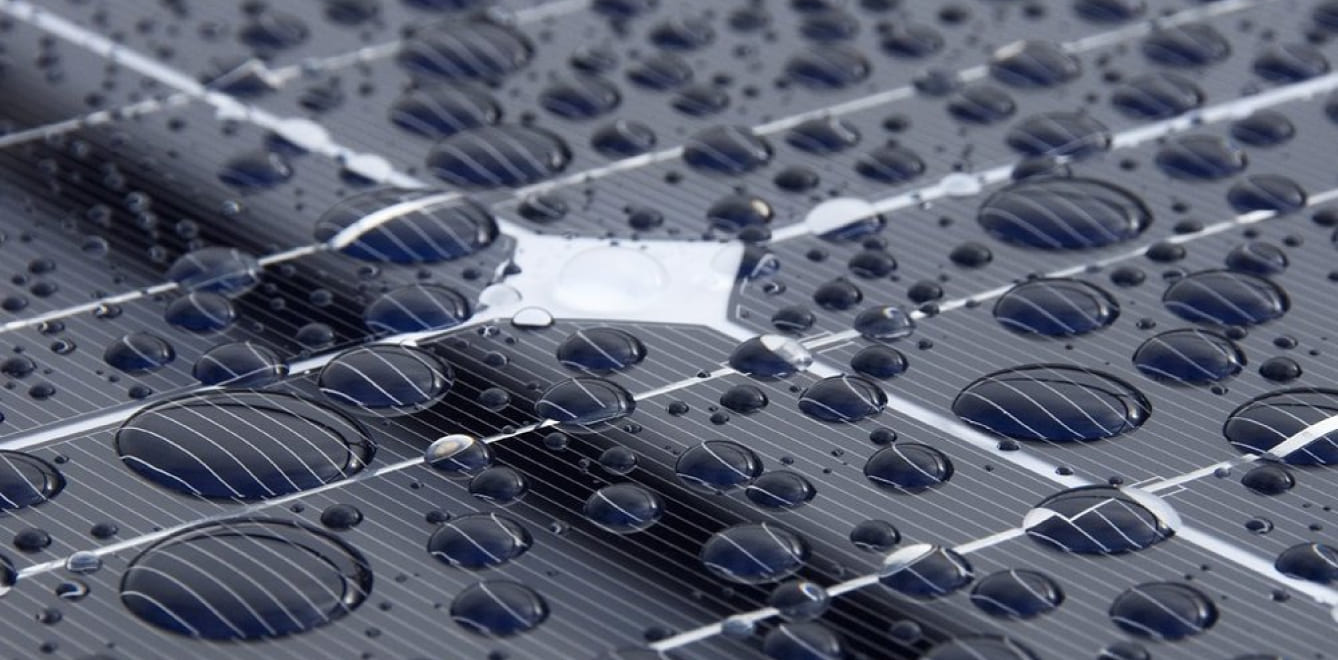Can Solar Panels Generate Electricity on Cloudy Days? Here's the Truth You Need to Know
As solar power becomes an increasingly popular energy solution, many people still wonder:
👉 Do solar panels work on cloudy or rainy days?
👉 How much electricity can they produce without direct sunlight?
👉 What is the science behind how solar panels generate electricity in the first place?
This article explains everything you need to know about solar panel performance in all weather conditions, especially cloudy and overcast days.

At the heart of every solar panel is the photovoltaic effect—a process that converts sunlight directly into electricity.
Sunlight hits the solar cells, usually made of silicon.
Photons (light particles) in the sunlight energize electrons in the silicon atoms.
Energized electrons are knocked loose and start flowing, creating direct current (DC) electricity.
An inverter converts DC to alternating current (AC), which powers your appliances or gets stored in batteries.
📌 In short: Light energy → Electron movement → Electricity. That’s the core of a solar photovoltaic system.

Absolutely—solar panels can still produce electricity on cloudy, foggy, or even rainy days.
Here’s why:
Diffuse sunlight still penetrates clouds. Even when the sun is hidden, there is enough ambient light for solar panels to absorb.
Photovoltaic cells respond to all visible light, not just direct rays.
Light is scattered by moisture and dust, but still carries enough energy to trigger the photovoltaic effect.
If you can see outside during a cloudy day, then there’s enough light for solar panels to generate power!

Cloudy conditions do reduce output, but they do not stop solar production. The extent of the drop depends on the thickness of the clouds, the panel technology, and time of day.
Here’s a general reference table:
| Weather Condition | Light Intensity (W/m²) | Approx. Power Output |
|---|---|---|
| ☀️ Clear & Sunny | ~1000 | 100% |
| 🌤 Partly Cloudy | 500–700 | 50%–80% |
| ☁️ Overcast | 200–400 | 20%–50% |
| 🌧 Rainy/Stormy | <200 | 5%–20% |
If your solar system produces 10 kWh on a sunny day, it may still produce 2–5 kWh on a cloudy day.
Important note: Solar panel performance in low light varies depending on:
Panel technology (monocrystalline vs. polycrystalline vs. thin-film)
Inverter type (especially MPPT-enabled systems)
Installation angle and orientation
Presence of shade or dirt
Here are expert tips to maximize energy yield even on less sunny days:
Monocrystalline panels perform better in low light than polycrystalline ones.
Thin-film panels such as CIGS (Copper Indium Gallium Selenide) perform better in diffuse light and cloudy conditions.
MPPT (Maximum Power Point Tracking) technology continuously adjusts voltage and current for optimal performance under fluctuating light.
Proper tilt and orientation (usually south-facing in the Northern Hemisphere) help capture the most light, even on overcast days.
Solar battery systems store excess energy from sunny days for use during cloudy days or nighttime.

Solar energy isn't just a fair-weather solution. Thanks to advanced solar technologies and intelligent system design, solar panels can produce power year-round, even in cloudy or rainy regions.
☀️ Key takeaway: Solar panels don’t need direct sunlight—they just need daylight. As long as there’s light, there’s electricity.
We provide complete solar energy solutions including panels, inverters, battery storage, and off-grid systems. Contact us today for a free consultation and system design tailored to your climate and energy needs.
Address : Room 305, Tower B, Yinuo Business Center, intersection of West Second Ring Road and Hehuan Road, Bijiashan Street, Shushan District, Hefei city, Anhui Province
Please read on, stay posted, subscribe, and we welcome you to tell us what you think.
Copyright 2025 @ Anhui Solarasia Energy Technology Co.,Ltd .All Rights Reserved. Sitemap | Blog | XML | Privacy Policy
 Network Supported
Network Supported